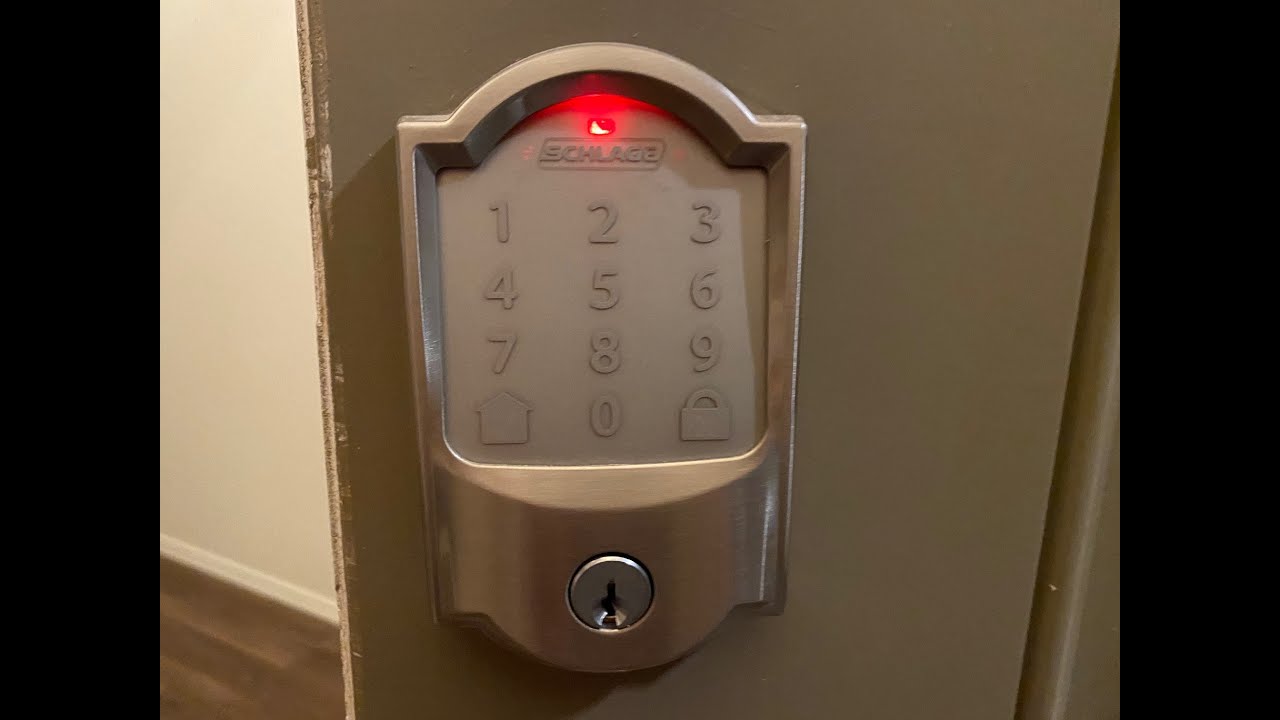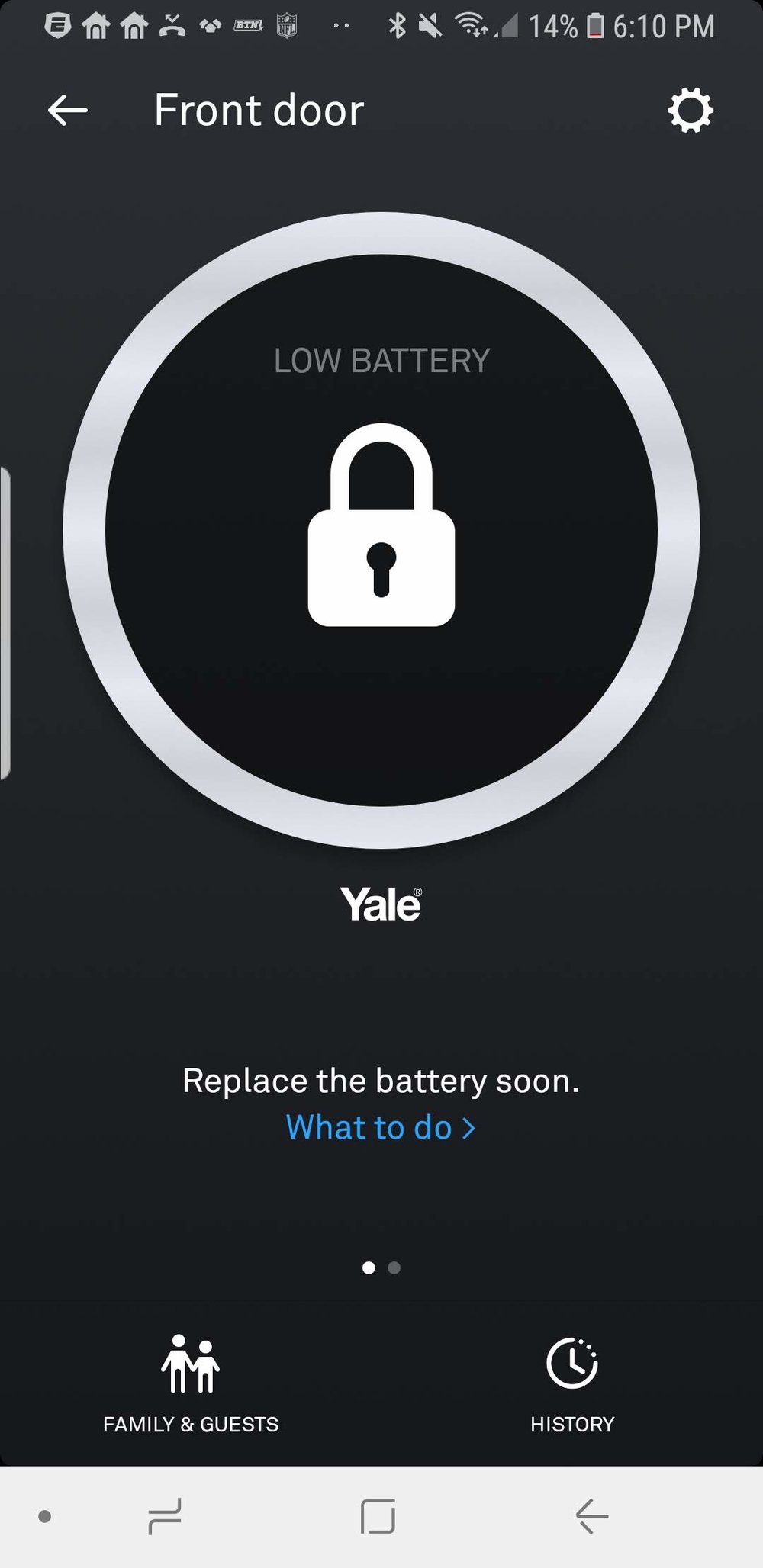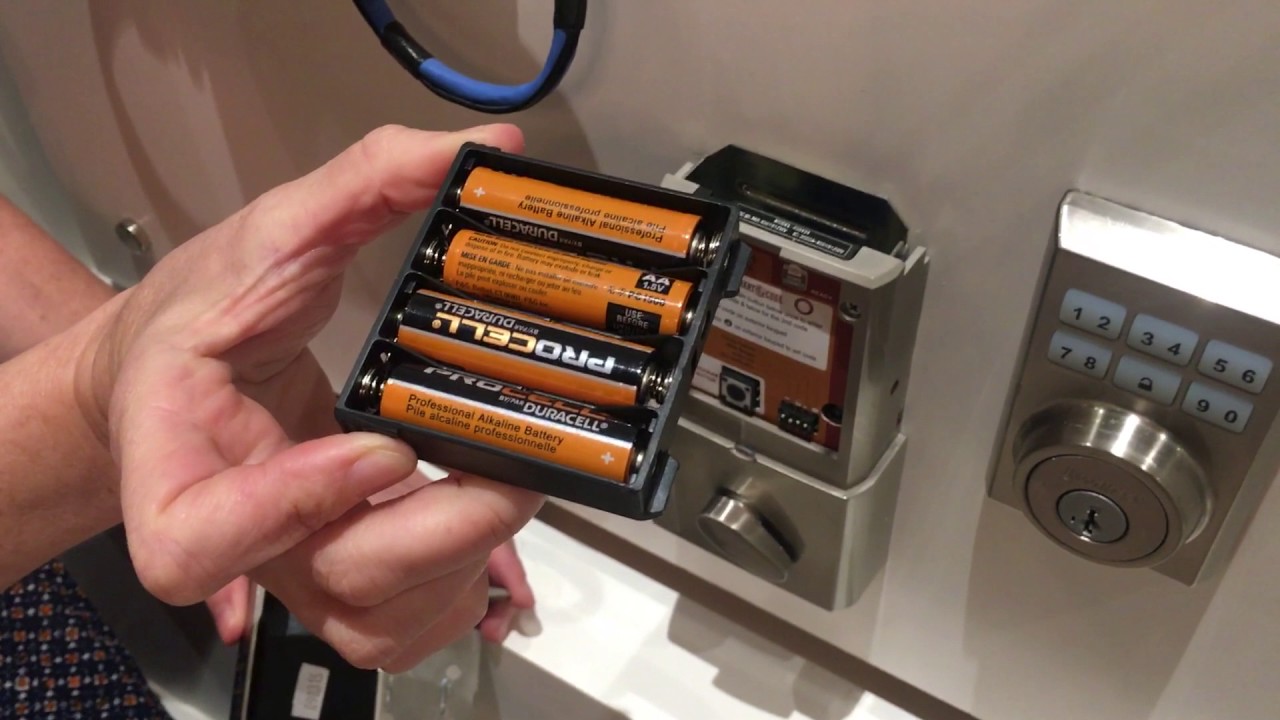What happens if Smart Lock battery dies? This query comes up quickly after you’ve used the product for some time. Managing battery life is important, but sometimes mistakes are made or external factors become an obstacle. Therefore the question of the consequences of battery death becomes crucial.
Typical locks are headily replaced by smart locks, so people encounter power issues. Therefore you need to follow the emergency plan and deal with the aftermath.
It’s best to dodge the scenario when the smart lock batteries deplete but be prepared for everything nonetheless.
Diving into smart locks’ operation details
Various smart locks operate differently but share core principles. They supersede a regular deadbolt. This means the physical lock continues to exist, but it can now be opened or closed. Worth noting that a few models fully replace the mechanism.
Most products offer Bluetooth or Wi-Fi connection, as well as automatic lock/unlock options. Other prominent features include utilizing safe keycodes to enter the house and digital assistants.
The locks use an internet connection and digital user data to enhance home security. The dataset is stored safely inside the system. You can modify it and receive convenient notifications by tying the product to a corresponding smartphone application.
All those functions, as well as chips, LED, and the motor, are powered by a set of batteries. Their type differs between models. For example, only a few locks utilize rechargeable power cells.
How long is an average battery life
Before discussing the topic of what happens if smart lock battery dies, let’s learn when that moment usually comes.
The lock’s energy resource depletes sooner or later. An exact lifespan depends on the brand as well as the cell type.
Z-Wave or Bluetooth-connected smart locks last with a single-cell set for 1-2 years. Wi-Fi locks require a renewal every 1-3 months. Such drastic differences can be explained by how power-hungry the Wi-Fi connection is.
Alkaline cells usually last less even without Wi-Fi. This fact compels us to substitute AA batteries with lithium ones. This isn’t a good idea. Lithium batteries don’t work well with Wi-Fi products, and you’ll suffer even more power drainage problems.
If having to replace batteries often is a deal-breaker to you and Wi-Fi features aren’t important, it’s better to purchase a Bluetooth/Z-Wave smart lock.
Pay attention to low-battery notifications
Smart locks provide an energy level indicator or a low-power alarm. Usually, a notification comes to the mobile application or the tied email.
Indirect signs include strange malfunctions and slow response. Seldom the lock stops responding completely. If it takes longer to open the door than usual and there is no obvious reason why, it’s probably time to renew the energy resource.
Emergency plan: what happens if smart lock battery dies?
Sometimes you don’t notice the low energy alarm or didn’t change the batteries in time. This inevitably leads to an extremely undesirable scenario of battery death. You may even fear that you can’t go into the house. What happens if smart lock battery dies? What steps should you follow to cope with the consequences?
Renew the batteries
The first thing you should do is to renew the power resource. Dead cells won’t do any good to the door lock. So as soon as you have an opportunity, take them out and put a new set in. Don’t wait to learn what happens if smart lock battery dies.
The renewal process is similar for most electronic keyless locks. The battery compartment can be accessed by prying the interior with a screwdriver.
The battery type differs between the products. Don’t fit incorrect batteries, because it leads to more problems rather than less.
Dead batteries frequently leave acid leakage on the mechanism. It can damage the hardware permanently, so any existing corrosion should be removed immediately. Your movements should be careful. Utilize a small cotton piece.
When installing the cells, pay attention to their position. They must be fastened properly inside the container. The snap connectors should be attached reliably. The positive/negative signs on the cell must be aligned with those in the battery compartment.
While renewing the batteries, eliminate the loose wires. If there are any, tuck them back before closing the compartment.
Backup mobile operations
Via a respective application, you can disable the system. This option is used both for an outage and when the keyless lock battery dies. It allows you to unlock the door and enter the house even when the device doesn’t work in a normal scenario.
User Manual
All the information about backup mobile operations is contained inside the user manual. Learn what happens if a keyless lock battery dies there.
Smart lock models are a complex piece of technology. Don’t be ashamed to do your research before purchasing one. The best way to learn is from the manual. This will save you a lot of headaches!
Manual key override
You can gain entry to the residence via a manual key override procedure. It’s also valuable when the user code isn’t recognized as valid.
The exact procedure performance varies between the brands, so you have to search the user manual for the instruction.
Emergency lock override
This procedure shuts down the keypad, which makes the deadbolt retreat. The door will therefore open. Yet again, look for the exact instructions in the handbook.
This is a last-resort method. Emergency lock override requires repair or even replacement of mechanical parts of the assembly, but at least you won’t get locked out of your own house.
What causes energy drainage and how to avoid it
Some locks simply require more power than others, and sometimes the energy draining quickly is a malfunction. Either way, you’re probably interested in reducing the power leak to a minimum. It’s useful to study the reasons why the energy depletes and solutions to the drainage. If you don’t wait until the smart lock dies, you don’t have to learn what happens if smart lock battery dies.
Connectivity protocols
There are three main communication protocols used by most smart locks:
- Wi-Fi allows you to tie the lock and the phone regardless of the distance between them, but it drains a lot of energy. Wi-Fi smart locks are considered the most power-consuming. AA cells’ lifespan is between 1 and 3 months.
- Bluetooth requires a distance of less than 100 meters to bind. Bluetooth smart locks work with low frequencies and don’t need much energy. Their batteries can be recharged and last from half a year to a whole year.
- Z-wave is a middle ground between Wi-Fi and Bluetooth. It provides remote communications while utilizing very little power. The batteries last 12-18 months.
Bad battery quality
It’s recommended to buy batteries only from high-quality brands with good reputations, such as Duracell and Energizer. They last longer and rarely leak harmful acids.
Climate
Temperature affects the battery life drastically.
The exact influence depends on the lock model and cell type. Some mechanisms suffer more in a hot climate, while others are harmed by cold temperatures.
One thing is consistent: only the extremes are harmful. In a calm climate, your batteries will provide their maximum.
Conclusion
What happens if smart lock battery dies? That’s not a favorable scenario. You have to renew the energy source regularly to avoid it. Unfortunately, renewing the cells in time isn’t always possible. You need to enter the residence without power. That knowledge will also be useful in case of a power outage.
Getting into the house without utilizing the keypad may be harmful to the system. Dead batteries themselves cause damage to the hardware because it’s usually accompanied by acid leakage. To lessen that harm, choose the best way to access the house available. You can learn about it from the user manual.
Generally, it’s better to avoid dead batteries altogether.




